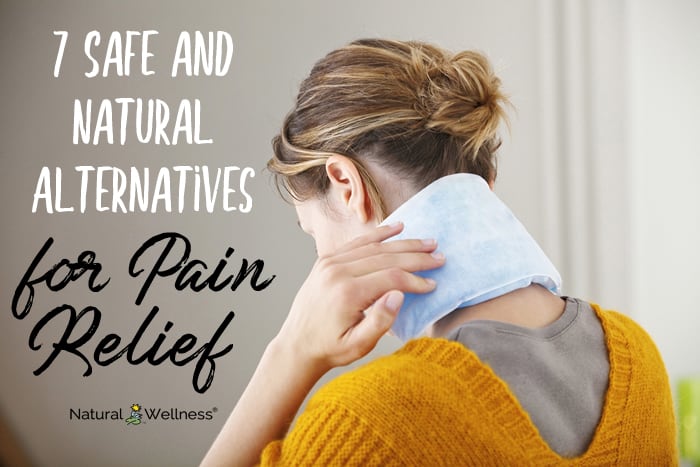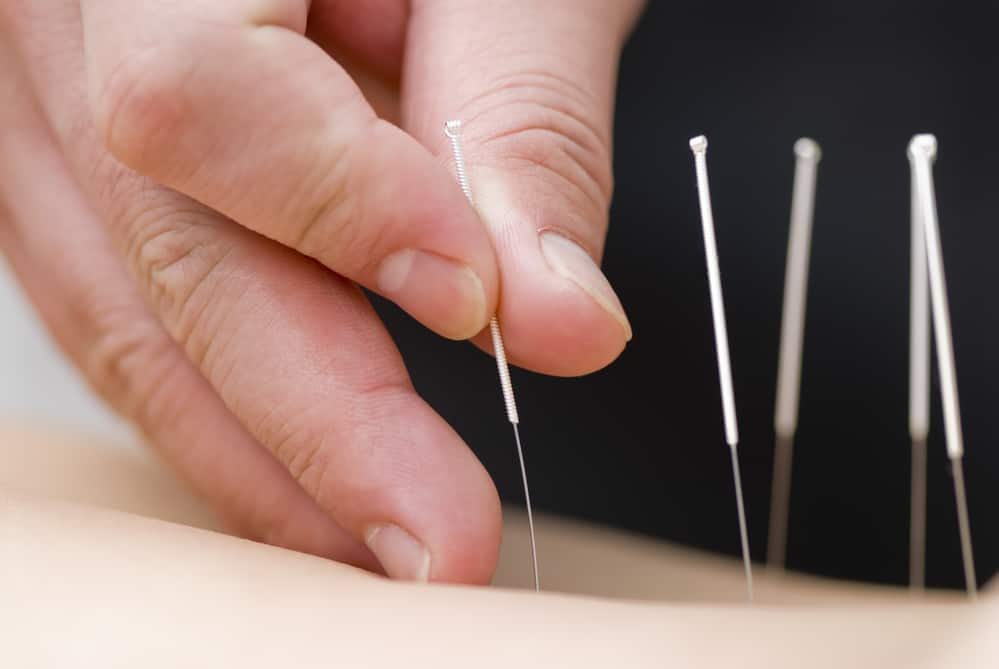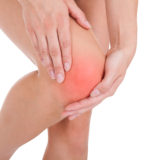

The U.S. Food and Drug Administration (FDA) strengthened its warning that non-aspirin nonsteroidal anti-inflammatory drugs (NSAIDs) increase the risk of heart attack or stroke.
Nonsteroidal Anti-inflammatory Drugs, or NSAIDs for short, are widely prescribed to treat pain, fever, and a variety of other conditions such as arthritis, menstrual cramps, headaches, colds, and flu.
They work by inhibiting the production and distribution of prostaglandins and neutrophils throughout the body, both of which promote inflammation (1).
NSAIDs can be obtained with a prescription or purchased over-the-counter (OTC).
NSAIDs include many common household drugs such as:
- Ibuprofen (Advil and Motrin)
- Naproxen (Aleve and Naprosyn)
- Diclofenac
- Celecoxib
Risks
Patients taking NSAIDs should immediately consult their physician if they begin experiencing any symptoms associated with heart attacks such as chest pains, shortness of breath, slurred speech or weakness in one side of their body. The Cleveland Clinic also recommends that NSAID use not continue for more than three days for a fever, or more than ten days for pain, without talking to your healthcare provider (3).
An expansive cohort study published in The BMJ in April, 2017 looked at NSAID use across over 440,000 individuals and found that “taking any dose of NSAIDs for one week, one month, or more than a month was associated with an increased risk of myocardial infarction.” Acute myocardial infarctions are otherwise known as heart attacks (2).
People with kidney disease, liver disease, high blood pressure, asthma, Crohn’s disease, and diabetes are particularly at risk if taking NSAIDs. Also ask your physician about any other medications you’re taking that may interact adversely with NSAIDs. Please note that aspirin can also relieve pain, but it can cause unwanted side effects, including bleeding into the brain or stomach. The FDA recommends you talk to a health professional before taking aspirin as well.
Label Warnings
Compliant with new FDA labeling guidelines, updated labels will reflect the new findings with regard to the cardiovascular and stroke risks of taking NSAIDs (4). The FDA also recommends keeping your dose as low as possible and duration of use as short as possible, especially in people with a history of heart disease or stroke (4).
How Do You Relieve Pain Without Medicine?
In light of these guidelines, and an overwhelming body of research indicating the need for safe anti-inflammatory medication, it appears now is a timely moment to answer the question “how do you relieve pain without medicine?”
Below is a guideline to help you explore several natural and healthy alternatives to reducing pain and inflammation that don’t involve the use of NSAIDs.
1. Massage therapy is a great alternative to NSAIDs, and offers natural muscle pain relief. It can release the muscle tension that restricts blood flow and causes many headaches. Massage therapy has been proven to not only relieve muscle tension, but to also reduce pain from many chronic conditions.

2. CBD products – Cannabidiol (CBD) products such as infused tinctures and topical CBD creams are gaining popularity for those seeking safe alternatives to NSAIDs.
In addition to CBD tinctures which you ingest, you can also use CBD topically as a cream. It is a quick and cost-effective way to manage inflammation in your body by providing natural chronic pain relief.
3. If you’re asking yourself “how do you relieve pain without medicine?” look no further than heat and cold applications (hot and cold packs). Cold applications can reduce inflammation in muscle tissue and in joints, while heat increases blood flow to provide natural muscle pain relief. They’re also extremely inexpensive and most hot and cold packs are reusable.
4. Practicing Tai Chi or Yoga offers natural chronic pain relief by maintaining flexibility in muscles, joints and other soft tissue through regular range-of-motion movements. Both traditions have been shown to assist in chronic pain management brought on by a variety of conditions. One study published by Oxidative Medicine and Cellular Longevity found that prolonged yoga practice literally slowed oxidative stress and cellular aging (5).

5. Many herbs and supplements, such as Willow Bark, have been used in traditional medicine to relieve inflammation and other causes of pain in the body. Many conditions can be relieved with herbal remedies including constipation, headaches and premenstrual syndrome (PMS). Further, turmeric is a spice that has anti-inflammatory properties. Natural Wellness’s Turmeric 95 is a great source in capsule form.
6. Acupuncture has been proven to aid the body in healing and to reduce pain across many conditions, both acute and chronic. Acupuncture uses tiny needles inserted in the skin to target the bodies trigger points and correct imbalances in the flow of energy throughout the body (6). While acupuncture is a medication-free alternative to NSAIDs, access and cost are definitely considerations. But despite the slightly higher expense, acupuncture can effectively provide natural pain relief for arthritis.

7. Meditation and mindfulness has also been proven effective in reducing chronic pain conditions in the body and may be the simplest, most cost-effective way to manage and relieve chronic pain, arthritis, and muscle pain. Even practicing meditation and mindfulness for a mere 10 minutes a day can decrease stress levels and induce a feeling of calmness in addition to alleviating symptoms of depression and anxiety.

Conclusion
When natural therapies are not an option, keeping your NSAID dose as low as possible and the duration of use as short as possible will help to minimize the risk of strokes and heart attacks. Your best options, of course, are to avoid the increased risk of heart attack and stroke from NSAIDs by seeking out healthy, natural alternatives to anti-inflammatory and painkiller drugs – such as massage therapy, acupuncture, CBD tinctures, CBD pain relief cream, meditation, and more.




